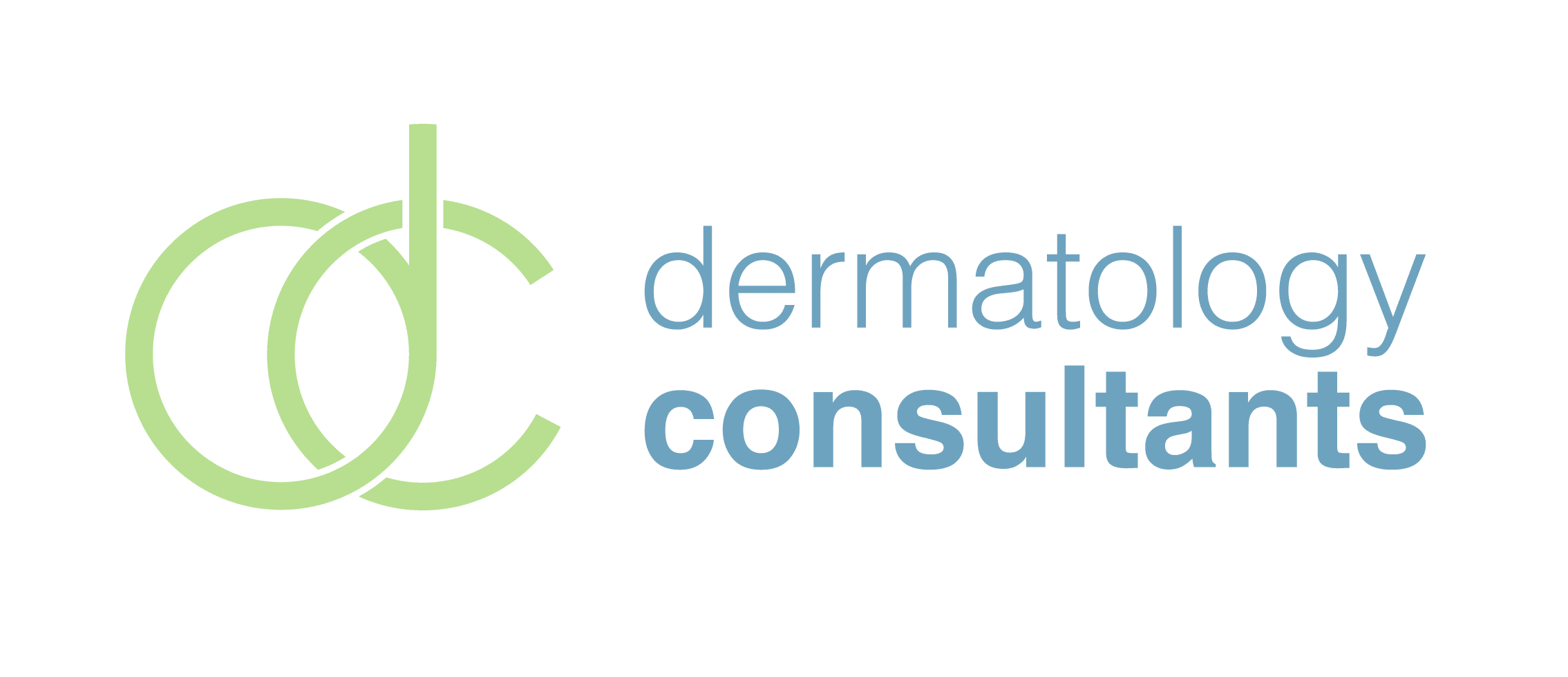What Are Pimples?
Whiteheads, blackheads, acne. Throughout our lives, pimples of all types can seem to emerge out of nowhere, causing us to doubt how well our skin routine is working and wonder if a larger issue is to blame. Breakouts are a fact of life, but what exactly are pimples?
Our skin has sebaceous glands that are located at the base of hair follicles. These microscopic glands are responsible for oil production, and they exist throughout the skin except on the palms of the hands and soles of the feet, with the face and scalp having the most. The oil they produce is responsible for keeping your skin from becoming too dry, but a combination of overproduction of oil, dead skin cells, and bacteria can lead to a breakout. While the outer layers of skin shed on a continuous basis, there are times when skin cells that are dead stay around and stick together with the oil the sebaceous glands naturally produce. When this happens, a pore gets blocked.
Once a pore is blocked, however, the sebaceous glands continue to produce oil. With nowhere to go, the oil accumulates. The bacteria it contains also grows, leading to inflammation of spots on the skin, otherwise known as pimples. While all pimples start the same way, there are multiple types.
Whiteheads and blackheads are the small bumps that you see when pores are blocked. When the pore stays open, it has a black appearance and is known as a blackhead. If the pore closes, the spot looks white on the outside, and is therefore known as a whitehead. Neither of these types of pimples is considered serious, and they often respond well to over-the-counter products, particularly those containing benzoyl peroxide or salicylic acid. While it may be tempting to try to over apply these products so that pimples will go away faster, this is not recommended, as it can dry out and irritate the skin.
When a person has acne, his or her skin does not generally respond as well to the same types of products. The blocked pores that form a pimple as a result of inflammation or infection leads to pustules, nodules, and cysts that form under the skin’s surface. They may leave marks on the skin that fade over time or become permanent, so it is important to discuss the proper way to treat acne with a doctor. A variety of prescription treatments are available such as topical creams and gels containing retinoids and oral medications including antibiotics. Often a combination of treatments proves to be the most effective.
During the teen years, acne and pimples are incredibly common, mostly due to the hormonal changes that occur during this time. Genetics play a part as well. If a teen’s parents had acne at around their age, his or her likelihood of having it increases. Just because you made it through your teen years, however, doesn’t mean that you won’t be faced with breakouts. Acne can occur in your adult years as well. Your doctor can help you to identify the specific skincare challenge you are experiencing and help you to come up with the best treatment plan.



